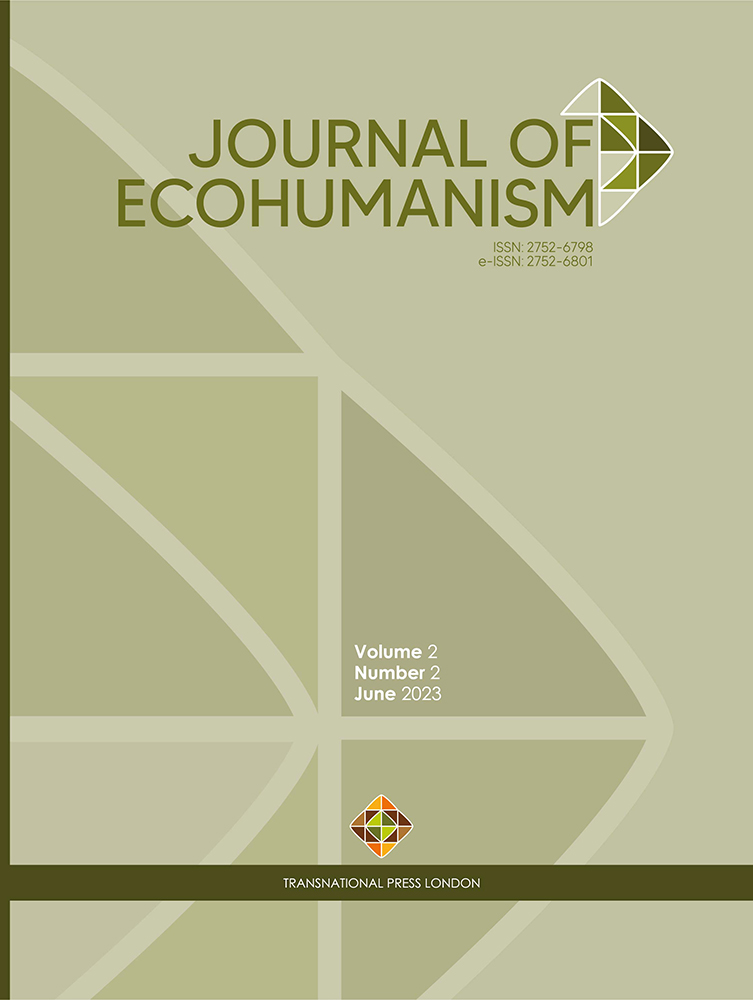In Search of a Pathographical Ecopoetics: A Study of Elizabeth Tova Bailey’s The Sound of a Wild Snail Eating
In Search of a Pathographical Ecopoetics: A Study of Elizabeth Tova Bailey’s The Sound of a Wild Snail Eating
Author(s): Jayjit Sarkar, Anik SarkarSubject(s): Studies of Literature, Environmental and Energy policy, Sociology of Literature
Published by: Transnational Press London
Keywords: Pathography; pain; ecopoetics; kinship; modernity;
Summary/Abstract: What connects a pathography (an illness narrative) with the school of ecopoetics is poiesis: the Greek for “the act of creation”. Pathographical ecopoetics is “creation-with” the natural surroundings during illness. As opposed to Thoreau’s Walden where we find an autobiographical account of one’s relationship with nature, in pathographical ecopoetics the same relationship is unfolded through pathos (the Greek for “pain”) and disease. Illness as a method helps in bracketing out our pre-reflective involvement with the natural surroundings and paves the way for newer ways of understanding nature. As opposed to various other intersections between medicine and ecology, like ecopsychology, ecotherapy or green cure, there is a sense of Keatsian spontaneity and aesthetic wonder in pathographical ecopoetics. Elizabeth Tova Bailey’s The Sound of a Wild Snail Eating (2010) is one such account. Her debilitating illness, with “severe neurological symptoms”, brings her close to an unremarkable wild snail. Her world starts to get entwined with the world of the snail. The work is a curious admixture of illness memoir, biology, art, environmentalism, and more importantly a deep sense of compassion and empathy for the natural surroundings. The paper will explore the concept of ecopoetics with the help of Bailey’s pathographical account. The Sound of the Wild Snail Eating as a pathographical ecopoetics is away from the techno-scientific gaze of not only modern medicine but modernity in general. Bailey’s world of illness finds effortless connections with the world of the wild snail: her spatial and temporal confinement is attuned to that of the spatio-temporality of the snail. Both the worlds posit a challenge to the speed and “homogeneous, empty time” of modernity. Both the worlds keep the enchantment and mysteriousness of the natural world alive. In general, the work provides an alternative space in the metanarrative of 21st century modernity and techno-capitalism.
Journal: Journal of Ecohumanism
- Issue Year: 2/2023
- Issue No: 2
- Page Range: 153-159
- Page Count: 7
- Language: English

